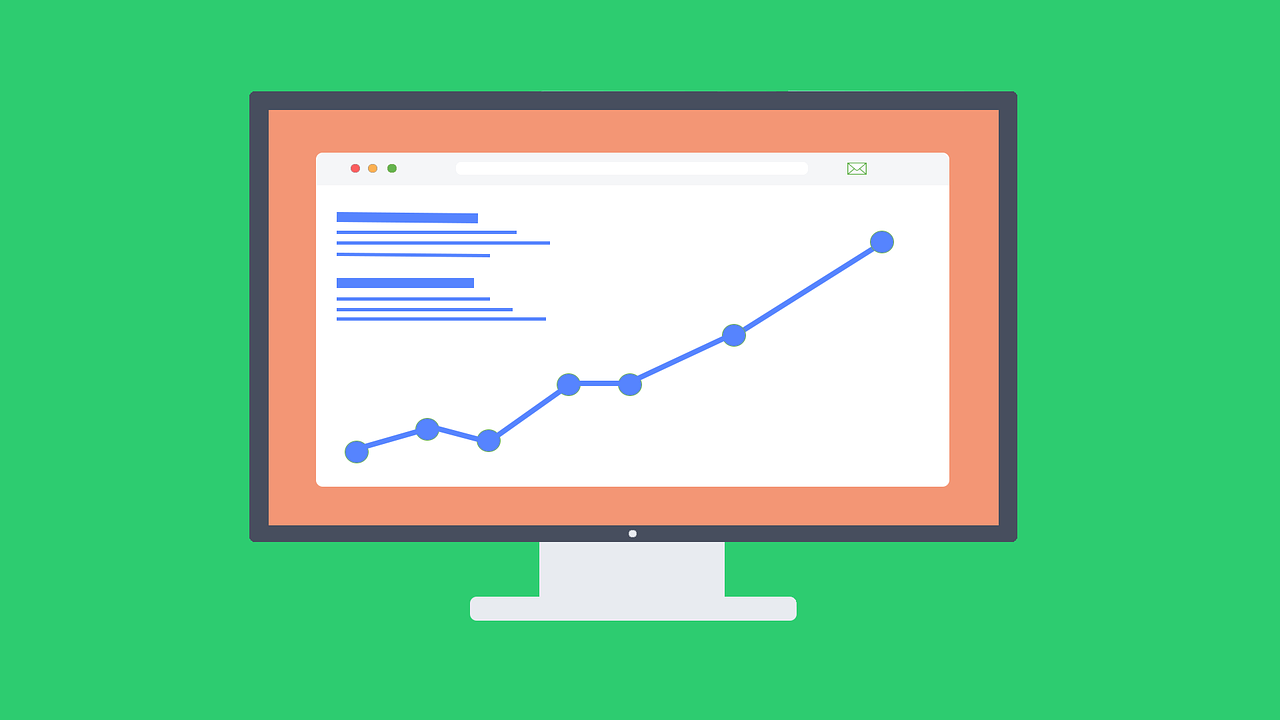Google Ads 101: How A Pay-Per-Click Campaign Can Help Your Business
In 2018, the advertising options for promoting your company online are endless. From social media to remarketing campaigns, it’s easy to feel overwhelmed when trying to establish a clear strategy. Imagine for a second that you have the ability to place a personalized message in front of your ideal customer as they scroll through Google’s search results. With the right solution, you have the ability to captivate a targeted audience to want to learn more about what you sell.
If you’re a business owner that’s currently searching for a new digital outlet to reach more customers, you must look into a Google Ads campaign. Being able to place advertisements in front of an audience that is already in the mindset of purchasing something related to what you sell is an effective way to bring in more quality website visitors. In this blog, we’ll define the various components of a Google Ads account, as well as cover a few basic strategies that you can use yourself.

Components of a Google Ads account:
Campaigns
Unless you have a large advertising budget, you’ll most likely only need a few campaigns. Campaigns operate on a daily advertising budget to ensure you don’t overspend. Each campaign focuses on a broad subject and consists of all of the items below, including ad groups, targeted keywords, and individual advertisements.
Ad Groups
Under each campaign are what are referred to as “Ad Groups.“ Each Ad Group focuses on a more specific area of your business and consists of targeted keywords and the individual advertisements that your potential visitors will see. The recommended number of keywords for each Ad Group is 10-20.
Keywords
As the driving force behind everything, the specific keywords and phrases you target are what will show your advertisements to potential visitors. It’s incredibly important to establish an effective keyword strategy, as this will help you maximize your efforts while cutting costs. Take the time to figure out what your customers are searching for by utilizing tools like the Google Keyword Planner, which provides monthly search volumes and competitive rates for individual phrases.
Advertisements
These are the individual ads that viewers will see and hopefully click on. Google allows you three headlines, 2 descriptions, and a display URL. Each area has a character limit, which means you need to be creative and strategic with your messaging. Try to solve your customer’s problem in a reliable and trustworthy way and make sure you convey any other necessary information they may need.
Negative Keywords
While there are a variety of keywords you want to rank for, there are also phrases that you may not want to show up for. For example, if you’re a high-end shoe salesman you probably don’t care to reach individuals who are trying to pinch pennies when looking for a new pair. To help weed out the unwanted traffic, you can implement negative keywords like “cheap shoes” and inexpensive shoes” into your campaign. This will prevent your advertisements from showing up when someone searches for a keyword you don’t care about.
Landing Pages
One of the most important aspects of your campaign are the destinations you’re sending your visitors to. Where a majority of advertisers go wrong when running a Google Ads campaign is they end up sending all of their traffic to the home page of their website. Google actually analyzes the web pages you send your visitors to in order to determine how relevant the page’s content is. The more specific of a page you drive visitors to, the more efficiently your campaign will operate.

3 Google Ads Tips For Beginners
1. Condense your campaigns
The fewer campaigns you have running, the larger daily budget you’ll have to work with. Unless you are advertising with a large budget, you’ll want to do everything you can to condense your account to as few campaigns as possible.
2. Target keywords for each phase of the buyer’s journey
Reaching audiences that are at different stages of the purchasing process will help you reach more potential customers. Take the time to do your research and map out what these different phrases might be. For example, someone early in the buying process may search for something like “best dress shoes.” An individual who is ready to purchase may look for something like “where to buy nice dress shoes.”
3. A/B ad testing for continued future success
In order to establish which messaging works and which doesn’t, it’s vital that you change up the creative of your advertisements. Use calls-to-action in different areas, include various pieces of contact information, and take advantage of all of the “ad extensions” that are available.
There are a handful of other successful strategies and tactics you can implement into your own Google Ads efforts to help grow your business online. We hope this blog has helped you understand how a Google Ads account operates!
What are some of your own pay-per-click strategies?
